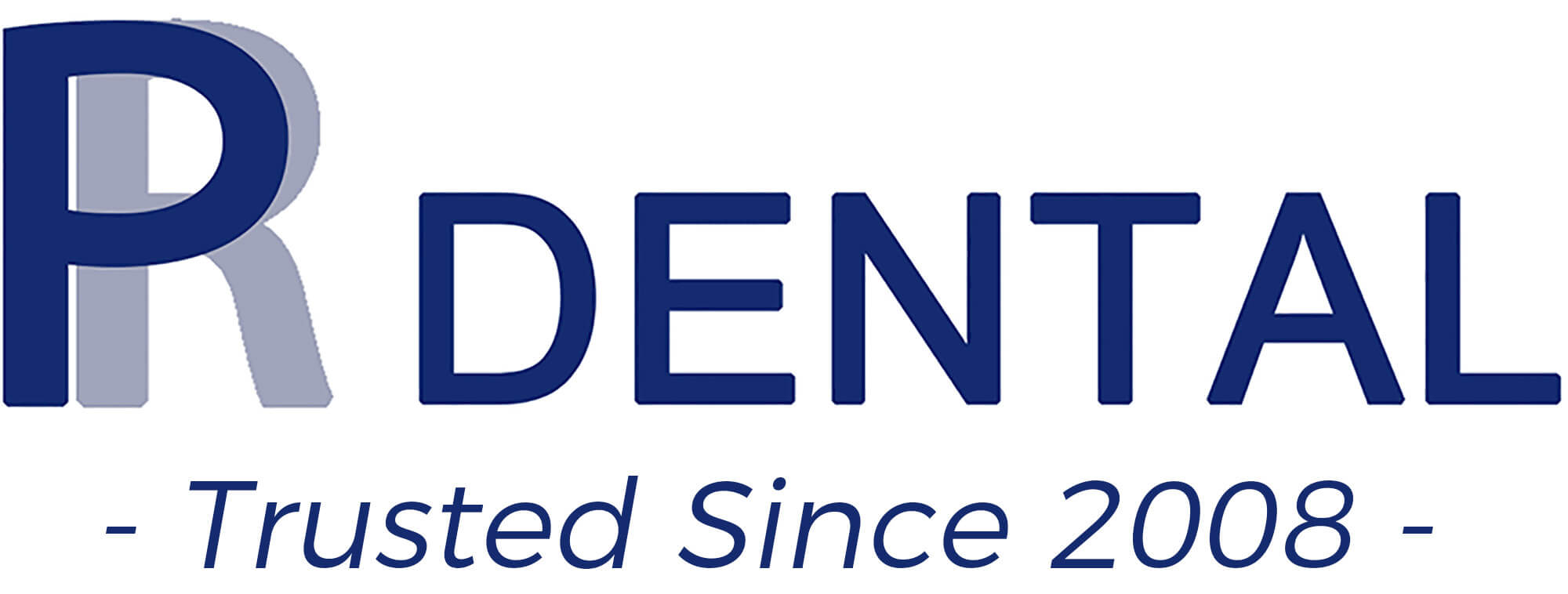What Are Apex Locators?
How Do They Work?
How to Use Them
(i) Preparation
Ensure the patient is comfortably seated in the dental chair with adequate lighting in the working area. Isolate the tooth using a rubber dam to keep it dry and free from contamination.
(ii) Device Setup
(iii) Root Canal Preparation
(iv) Irrigation
(v) Connecting the Apex Locator
(vi) Gradual File Insertion
(vii) Reading the Data
(viii) Determining the Working Length
(ix) Verification
Latest Research Advances
(i) Multi-frequency Measurement Technology
(ii) Third-generation and Beyond Apex Locators
(iii) Digital Display and User-friendly Interface
(iv) Integrated Software and Connectivity

